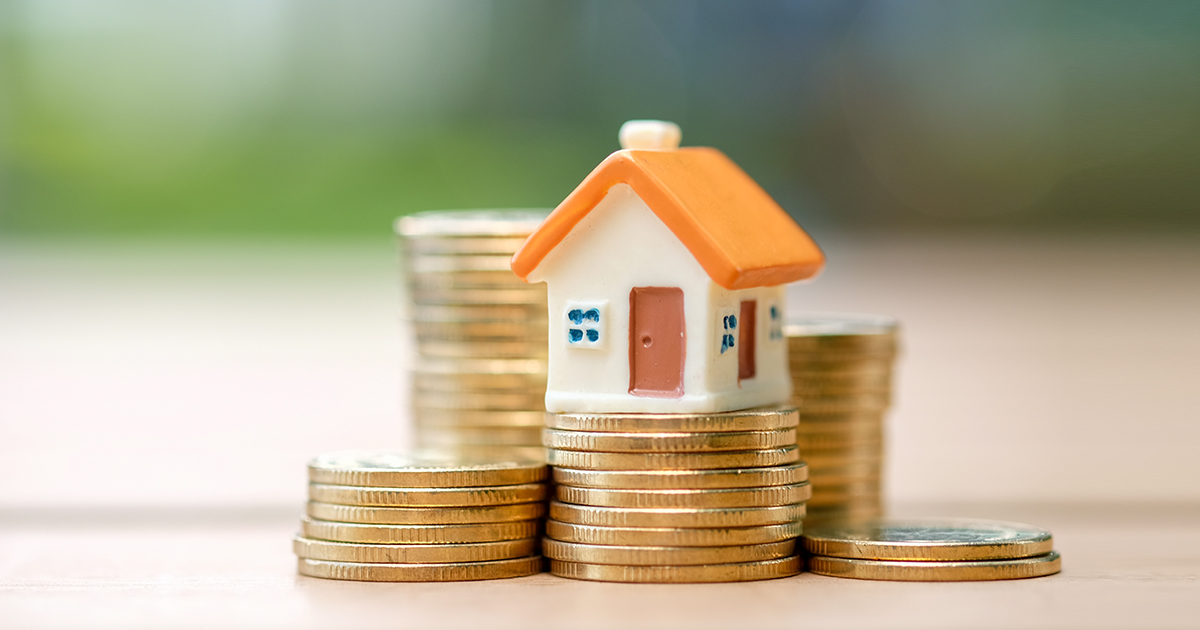A HELOC, or Home Equity Line of Credit, is a flexible line of credit based on the amount of equity in your home. So what does that mean?
A HELOC is like a credit card funded by your home’s value.
When you apply for credit, such as a credit card or car loan, the lender looks at your income, credit score, payment history, etc. to determine the amount of credit you will be approved for. And in the case of a mortgage, your house becomes collateral in the event you are unable to make payments.
With a HELOC, the amount of credit you are approved for is based on how much of your mortgage you have paid off (in other words, how much of your home you really own, which is known as equity). Typically, you must have a balance of 80% or less left on your mortgage to qualify for a HELOC. Your income and credit score are also reviewed when you initially apply for a HELOC to help lenders verify your ability to repay and set an amount for a HELOC.
For example, if your house is assessed at $200,000 (and your original mortgage value was for $200,000) and you have a mortgage balance today of $134,000, you could be approved for 90 to 100% of Combined Loan to Value (original mortgage + HELOC balance). That means you could have up to $66,000 in available HELOC funds.
| Pros | Cons |
| · Flexible spending power (no approval needed, and you can use the funds right away)
· Continue to borrow funds as needed, while making low interest only payments |
· Variable rates that can change monthly
· Not ideal if you plan to sell before your HELOC is paid off |
What can I use a HELOC for?
By far, the biggest perk of a HELOC is the ability to use the funds for whatever (that’s right, anything) you need the money for. Tap into the funds for health care bills, debt consolidation, college tuition, home improvement projects, school supplies, an unexpected expense (like a trip the vet with Fluffy or the mechanic to fix a flat tire), a road trip, tech upgrade, child’s wedding etc.—no questions asked.






 Federally Insured by NCUA |
Federally Insured by NCUA |  Equal Housing Opportunity |
Equal Housing Opportunity |